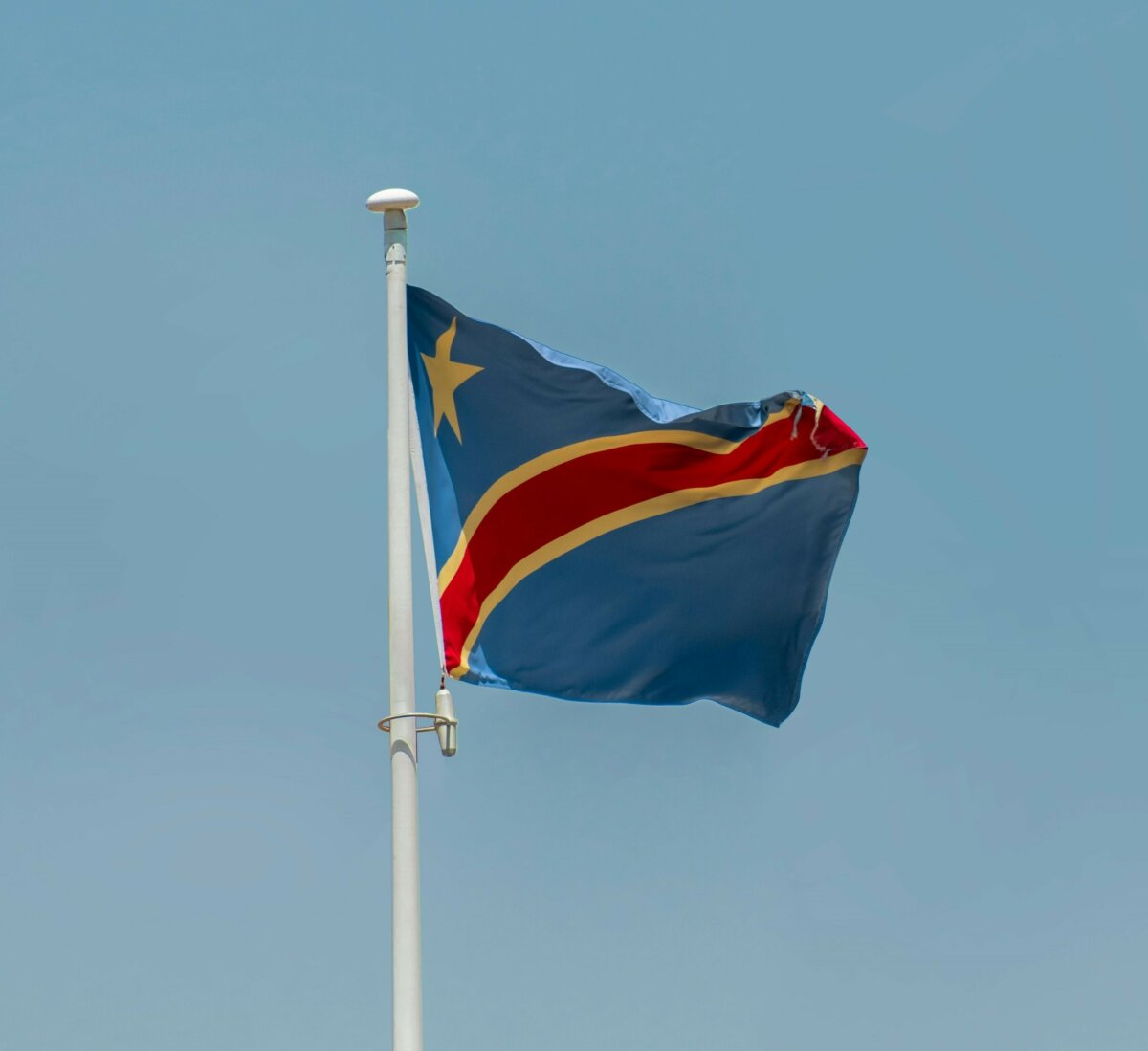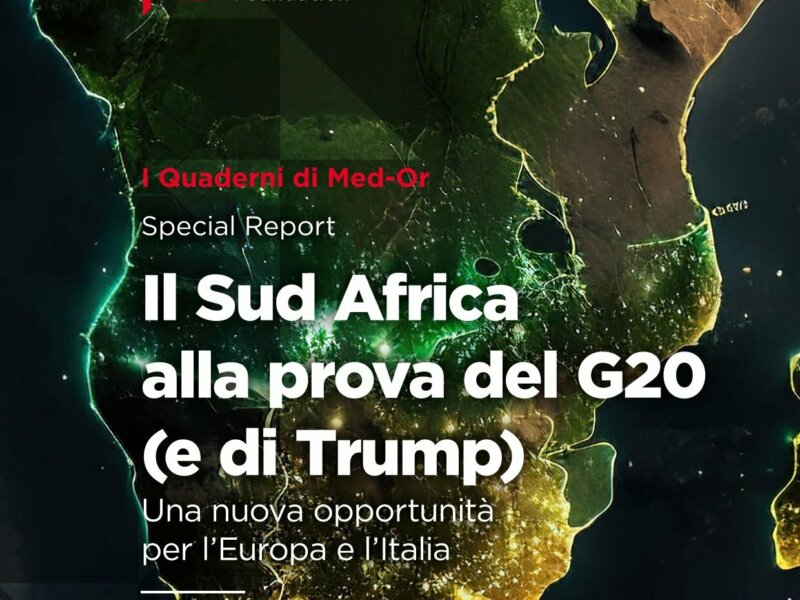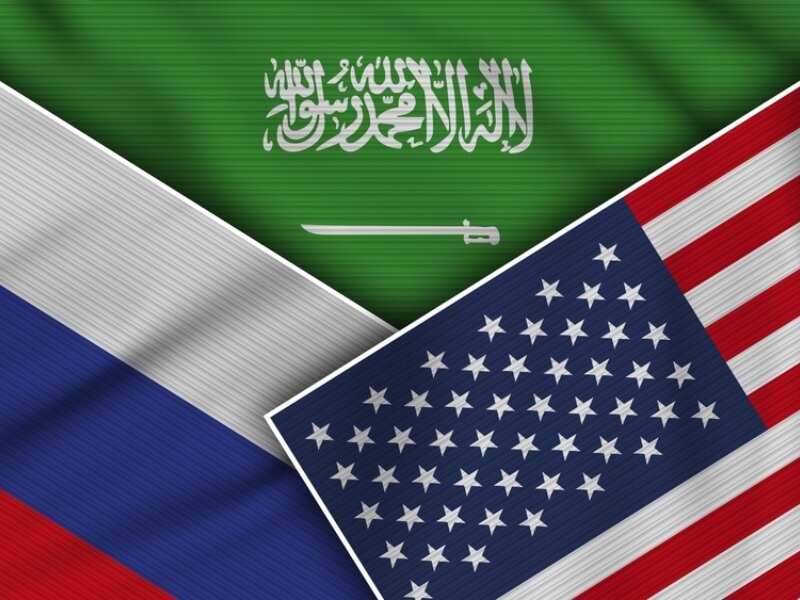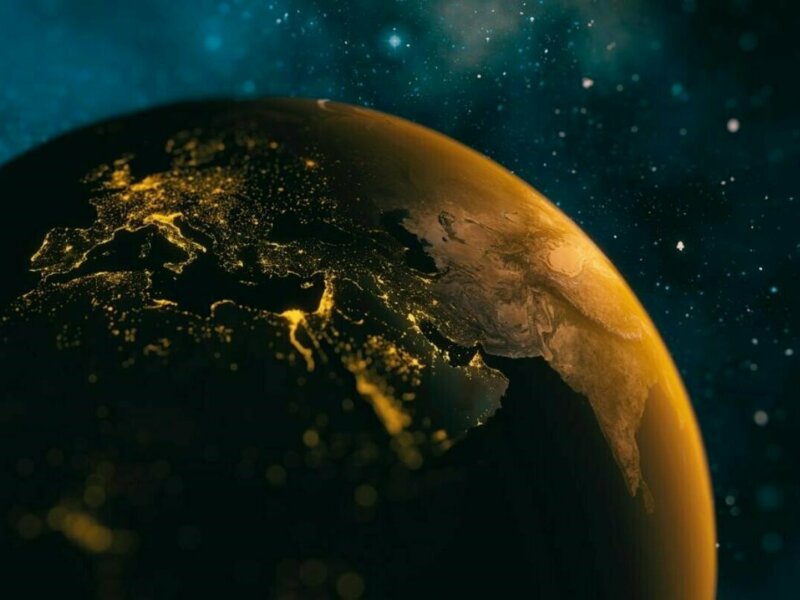Winds of Crisis in the Great Lakes Region
The Democratic Republic of the Congo (DRC) is experiencing renewed clashes between the national army and the Rwandan-backed M23 movement. Following days of intense guerrilla warfare, the ceasefire declared on February 4 offers only a temporary respite. However, the situation remains uncertain as peace negotiations continue.

The conflict in the northeastern Democratic Republic of the Congo remains marked by violence and geopolitical tensions. On February 4, 2025, the Alliance Fleuve Congo (AFC), the political wing of the M23 rebellion, announced a unilateral ceasefire, citing the ongoing humanitarian crisis as its primary motive. Nevertheless, this decision was met with skepticism by the Congolese government, which continues to denounce Rwanda’s interference in the conflict. While the international community observes with growing concern, the situation on the ground remains critical.
For weeks, the province of North Kivu, situated in northeastern DRC, has been the epicenter of fierce clashes between the Congolese armed forces (FARDC) and the Rwandan-backed rebels of the March 23 Movement (M23), a component of the AFC coalition. The M23 offensive, which began in 2021, escalated dramatically in January 2025, culminating on January 27 with the capture of Goma, the provincial capital and a city of two million inhabitants. This attack triggered a massive exodus: according to the United Nations, more than 400,000 people were displaced, while at least 900 fatalities and 2,880 injuries have been reported.
The crisis has taken on an increasingly complex geopolitical dimension due to Rwanda’s alleged support for the rebels. In a statement issued on February 2, the Rwandan government did not explicitly deny its involvement, merely framing the hostilities near its border as a significant threat to its national security and sovereignty. At the same time, Kigali has rejected the accusations, asserting that it is being scapegoated and placing the blame for the escalation on Kinshasa, which it accuses of refusing to engage in dialogue with the M23. As a result, the situation in North Kivu remains highly volatile, with the international community closely monitoring developments.
To fully grasp the current crisis, it is essential to trace the historical and geopolitical factors that have shaped it. The recent escalation is deeply rooted in the region’s long history of ethnic and political conflicts, as well as external interventions, dating back to the DRC’s independence from Belgium in 1960. More specifically, the origins of the present turmoil can be traced to the 1994 Rwandan genocide, during which the Hutu population perpetrated mass killings against the Tutsi minority. Following the counteroffensive by the Tutsi-led Rwandan Patriotic Front, over a million Rwandan Hutu refugees fled to eastern DRC, creating a lasting source of tension. These events ultimately led to the two Congo Wars (1996–97 and 1998–2003), during which ethnic divisions became intertwined with broader struggles for control over the country, drawing in multiple regional powers. Even after the official cessation of hostilities in 2003, rebel opposition in North and South Kivu persisted, particularly under the banner of the National Congress for the Defense of the People (CNDP), a paramilitary organization advocating for Tutsi integration into the Congolese military and administrative structures. The March 23, 2009 peace agreement sought to address these tensions; however, in 2012, former CNDP soldiers, disillusioned by the government’s failure to uphold the agreement, formed the M23 movement. Although the group briefly seized control of Goma in 2012, international pressure forced its withdrawal. After a period of dormancy from 2013 onwards, M23 resurfaced in 2021, resuming its operations in North Kivu with the stated objectives of protecting the Tutsi population and pressuring Kinshasa to implement the 2009 accords.
Against this backdrop, with over six million casualties since 1994, the DRC has become one of the countries with the highest number of internally displaced persons (IDPs) worldwide. According to the United Nations, more than six million people remain displaced within the country, while at least one million have sought refuge in neighboring states. Even the United Nations peacekeeping mission, MONUC—renamed MONUSCO in 2010—has failed to curb the violence and protect civilians. Its inability to stabilize the region has led to growing tensions with the Congolese government, culminating in President Félix Tshisekedi’s request for its withdrawal. The disengagement process began in the summer of 2024 and, if completed, will mark the end of a peacekeeping operation that has lasted over two decades.
The ongoing crisis in northeastern DRC is inextricably linked to the country’s political and institutional fragility. Despite the 2018 elections marking the first peaceful transition of power since independence, the Congolese political system remains heavily influenced by elite interests, with endemic corruption, weak institutional checks and balances, and restrictions on fundamental rights. This instability is further compounded by territorial control challenges, exacerbated by the presence of over 100 armed groups—primarily concentrated in the eastern provinces—and the struggle over the country’s vast mineral wealth. Rather than serving as a catalyst for economic prosperity, the DRC’s natural resources have fueled cycles of exploitation and foreign interference, with the M23 playing a central role in these dynamics.
Kinshasa possesses the world’s largest reserves of critical raw materials (CRMs), essential for the technology and digital industries, as well as vast gold deposits. The extraction of the so-called 3T minerals (coltan, tin, and tungsten), crucial for electronic manufacturing, lies at the heart of the conflict between the Congolese government, M23, and Rwanda. Since 2021, the M23 has taken control of key mining sites, including those in Rubaya, North Kivu, overseeing their regulation, extraction, and export—primarily to Rwanda, which has become a major global exporter of these minerals despite lacking significant domestic reserves. According to Congolese Finance Minister Nicolas Kazadi, illegal mineral trafficking amounts to 120 million tons per month, inflicting annual economic losses of approximately $1 billion on the DRC. The United Nations Group of Experts on the DRC has described this illicit trade as “the most significant disruption of the mineral supply chain in the region.”
A similar situation exists concerning gold, mainly extracted in the Ituri River Basin, where the Auto-défense des communautés victimes de l’Ituri (ADCVI)—a militia closely affiliated with M23—exerts control. Gold’s relative ease of smelting and transport has made it a lucrative source of illicit trade, with an estimated annual value of $140 million, primarily destined for the United Arab Emirates and China.
On the international stage, the DRC conflict has drawn the attention of major global powers, particularly China and the United States. China, with its expanding economic footprint in Africa, views the DRC as a crucial source of raw materials, particularly cobalt, a critical mineral for technological development. The DRC holds over 50% of the world’s cobalt reserves, and through substantial investments—often leading to debt dependency—China has secured control over approximately 80% of Congolese cobalt production, especially in the Katanga region.
In response to China’s assertive policies, Washington has sought to bolster ties with Kinshasa. This effort has included the 2022 Memorandum of Understanding (MoU) on the Development of an Electric Vehicle Battery Supply Chain, involving the U.S., DRC, and Zambia, as well as the construction of the Lobito Corridor, linking Congolese resources to Angola’s port infrastructure. However, the election of Donald Trump raises questions about the future of U.S. engagement in the region. While the Biden administration prioritized Africa’s strategic role in global competition, Trump’s potential return could herald a more isolationist or transactional approach, possibly undermining Kinshasa’s geopolitical diversification efforts and reshaping regional economic and political dynamics.
In conclusion, the crisis in North Kivu remains fraught with uncertainty, particularly concerning international involvement. Although the ceasefire declared on February 4, 2025, has temporarily halted hostilities, the overall situation in the DRC remains precarious. To break free from the cycle of corruption, internal strife, and external exploitation, Kinshasa must pursue substantial reforms in political governance and economic management, particularly concerning the stewardship of its vast natural wealth.



